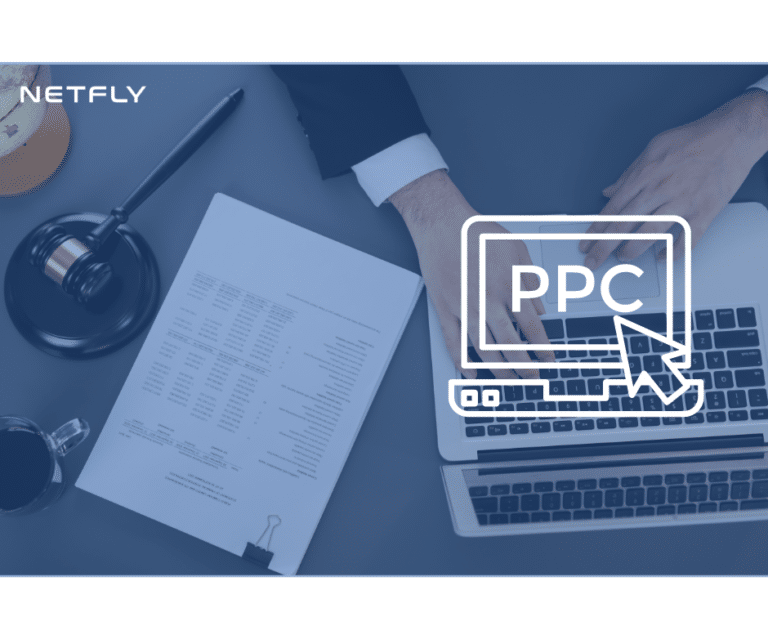Search engine optimization is through ranking your website based on keywords and search terms. Simply adding a few keywords to some of your web pages and hoping they rank highly in search results is insufficient. You need to create an optimization strategy to ensure that your personal injury lawyer SEO campaign will prove effective.
There are two essential content aspects that you need to understand before performing SEO ranking.
Practice Area Pages
Practice area pages are lengthy written content of over 2000 words that explain your active lawsuits and expertise in detail. The content is usually divided into several parts, each discussing the aspects of a case. These may include titles like, “how much does this case cost,” “common injuries that require legal representation.” etc. They can also be specified according to the niche you want to focus on.
The detailed information these content pages provide should include answers to the commonly searched queries for personal injury lawyers. Most visitors on your page will be searching for an attorney, so make it simple for them to take the next step. Introduce your firm and its services through content and add CTA (call-to-action) buttons for clients to turn into leads.
Blog Posts
Blog posts are relatively shorter, between 500-1000 words, and contain new information for readers. These posts are not generally focused on your expertise. Instead, they introduce prospective clients’ recent developments, changes, and updates. Blog content is essential as it can quickly get you in the search results for updating clients on the current news.
The content you include in your blogs may or may not be for your target audience. This means blog post readers don’t always need your services; however, they might want to know about the news. The articles should still be exciting and beneficial as people can use them for reference or share them with others. You can drive customers to your practice area pages and improve your online image through blog posts.
Content Optimization for SEO
The content you produce for your website, whether blogs or practice area pages, should be well-versed and engaging. They should contain relevant keywords that would boost your search engine ranking.
The keyword volume and difficulty should be considered when doing keyword research. Online tools allow you to find keywords relevant to your niche and their KV and KD to determine which phrases are a must-add to your content.
Longform content is better as you can add more keywords in different parts of your text without overstuffing it. After you are done with keyword research and content production, you will move towards content ranking, i.e., search engine ranking, which is the last step for optimizing your content.
Ensure your content is regularly revised to keep your clients updated on current price changes and legal procedures. After clicking on a search link, a visitor is attracted by content. If you can produce content that clients like, you will most likely get a call for hiring.










